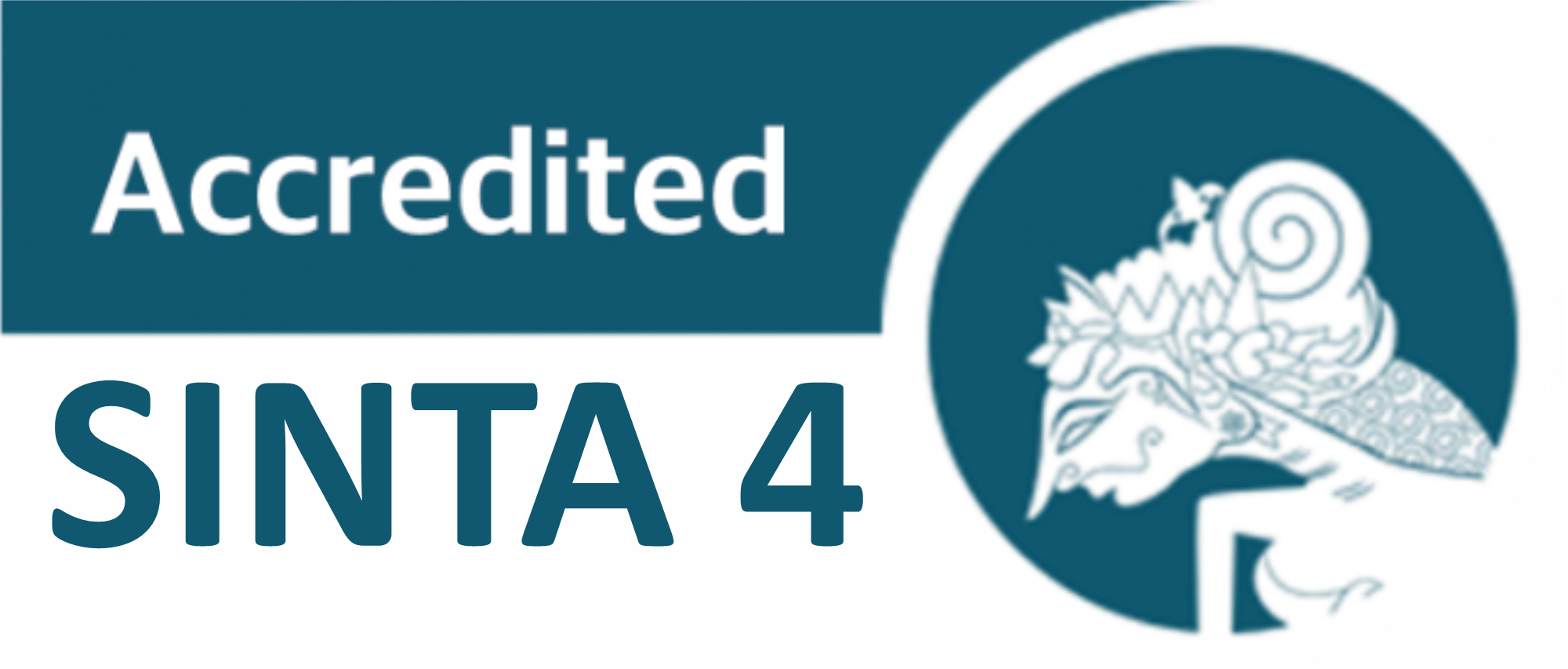Integration of Lateral Thinking in Puzzle Games: Implications for Creativity and Problem Solving
DOI:
https://doi.org/10.24114/gr.v14i1.65954Keywords:
Lateral Thinking, Puzzle Games, Problem Solving, Creativity, Late AdolescentAbstract
Creative thinking and problem-solving are essential skills that adolescents need to navigate the challenges of the 21st century. Unfortunately, formal education systems still tend to emphasize linear thinking and often fall short in providing space to nurture cognitive flexibility. One alternative approach that has shown promise is lateral thinking—a non-linear thinking method that can be effectively applied through puzzle games. This study aims to explore late adolescents’ perceptions of the effectiveness of lateral thinking in puzzle games, as well as the potential of such games in fostering creativity and problem-solving skills. A descriptive qualitative approach was employed using Focus Group Discussion (FGD) as the primary method. Ten participants aged 17–22 took part in a structured discussion about their gaming experiences and their perspectives on the concept of lateral thinking. The data were analyzed thematically. The findings indicate that most participants viewed lateral thinking as an effective approach for tackling problems that require creative solutions. Puzzle games designed with contextual challenges, tiered reward systems, and engaging narratives were considered effective in stimulating idea exploration and flexible thinking. Social features such as multiplayer modes and strategy discussions were also seen as enhancing motivation and cognitive collaboration among players. Participants reported that they began applying alternative thinking patterns in real-life situations, such as when developing organizational strategies or resolving social conflicts. This suggests a transfer of skills from the gaming environment to real-world contexts. In conclusion, integrating lateral thinking into puzzle game design presents a relevant educational approach to enhance adolescents' thinking skills. These types of games hold great potential as enjoyable alternative learning tools that simultaneously build cognitive capacity.References
De Bono, E. (1990). Lateral thinking: Creativity step by step. Harper & Row.
Gee, J. P. (2007). What video games have to teach us about learning and literacy (2nd ed.). Palgrave Macmillan.
Prensky, M. (2001). Digital game-based learning. McGraw-Hill.
Salen, K., & Zimmerman, E. (2004). Rules of play: Game design fundamentals. MIT Press.
Guest, G., Bunce, A., & Johnson, L. (2006). How many interviews are enough? An experiment with data saturation and variability. Field Methods, 18(1), 59–82. https://doi.org/10.1177/1525822X05279903
Nielsen, J. (2000, March 18). Why you only need to test with 5 users. Nielsen Norman Group. https://www.nngroup.com/articles/why-you-only-need-to-test-with-5-users/
Patton, M. Q. (2002). Qualitative research & evaluation methods (3rd ed.). Sage Publications.
Braun, V., & Clarke, V. (2006). Using thematic analysis in psychology. Qualitative Research in Psychology, 3(2), 77–101. https://doi.org/10.1191/1478088706qp063oa
Wouters, P., van Nimwegen, C., van Oostendorp, H., & van der Spek, E. D. (2013). A meta-analysis of the cognitive and motivational effects of serious games. Journal of Educational Psychology, 105(2), 249–265. https://doi.org/10.1037/a0031311
Iacovides, I., Aczel, J., Scanlon, E., & Woods, W. (2015). What can breakdowns and breakthroughs tell us about learning and involvement experienced during game-play? Transactions of the Digital Games Research Association, 2(1), 29–54. https://doi.org/10.26503/todigra.v2i1.25
Suarta, I. M., & Suwintana, I. K. (2021). Penerapan media permainan teka-teki logika untuk meningkatkan kemampuan berpikir divergen dan pemecahan masalah. Jurnal Pendidikan dan Pengajaran, 54(1), 77–85.
Hutapea, D. R. (2021). Pengaruh permainan logika terhadap fleksibilitas berpikir siswa SMP. Gorga: Jurnal Seni Rupa, 9(2), 5–10.
Manik, S., & Simanjuntak, E. T. (2023). Alternatif pembelajaran berbasis game digital dan keterlibatan kognitif mahasiswa. Gorga: Jurnal Seni Rupa, 11(1), 18–25.
Siregar, N. D. (2022). Daya tarik game teka-teki dalam pengembangan strategi berpikir siswa. Gorga: Jurnal Seni Rupa, 10(2), 13–17.
Kiv, A. E., Kolesnykova, K. V., Koycheva, T. I., Vinkovska, A. O., & Donchev, I. I. (2024). Assessing lateral thinking: Validity, reliability, and universality using a novel verbal test. CTE Workshop Proceedings. https://doi.org/10.55056/cte.694
Downloads
Published
How to Cite
Issue
Section
License
Copyright (c) 2025 Raden Mohammad Fikri Hendaputra, Dianing Ratri

This work is licensed under a Creative Commons Attribution-ShareAlike 4.0 International License.
Copyright
Authors published in this journal agree to the following terms:
- The copyright of each article is retained by the author (s).
- The author grants the journal the first publication rights with the work simultaneously licensed under the Creative Commons Attribution License, allowing others to share the work with an acknowledgment of authorship and the initial publication in this journal.
- Authors may enter into separate additional contractual agreements for the non-exclusive distribution of published journal versions of the work (for example, posting them to institutional repositories or publishing them in a book), with acknowledgment of their initial publication in this journal.
- Authors are permitted and encouraged to post their work online (For example in the Institutional Repository or on their website) before and during the submission process, as this can lead to productive exchanges, as well as earlier and larger citations of published work.
- Articles and all related material published are distributed under a Creative Commons Attribution-ShareAlike 4.0 International License.
License
Gorga : Jurnal Seni Rupa is licensed under a Creative Commons Attribution-ShareAlike 4.0 International License.










